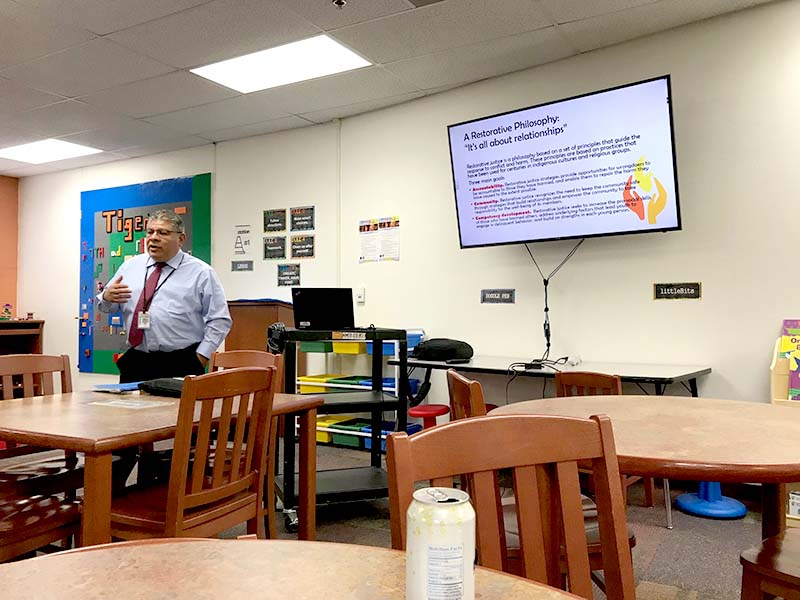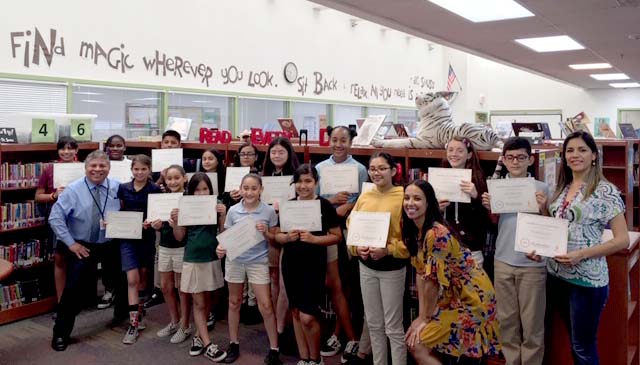Objectives
- Understand the basic philosophy of restorative justice and be able to advocate for the use of restorative practices in school-based settings.
- Understand the short and long-term impacts of historical and contemporary zero-tolerance discipline policies on student outcomes, school climate and culture.
- Define, describe, and identify implicit bias and understand how implicit bias impacts discipline systems and the conflict resolution process.
- Understand the change process and describe strategies to implement change in school discipline and conflict resolution processes.
- Understand the fundamentals of social-emotional wellbeing and its impact on relationship building as part of a restorative practice.
- Lead and facilitate restorative circles as part of a restorative conflict resolution process.
- Lead and facilitate formal meditations as part of a restorative conflict resolution process.
- Work as a valuable partner with schools hoping to implement alternative discipline programs based in conflict resolution and mediation.


1. What is Restorative Justice
Learning Objectives
- Understand the theory of restorative justice philosophy
- Understand the different ways restorative justice practices are used in schools.
- Explain how the restorative approach to conflict differs from a traditional approach to conflict.
2. Understanding Implicit Bias
Learning Objectives
- Define and understand how implicit bias functions in society
- Understand how implicit bias impacts students and teachers in the classroom.
- Understand how to confront implicit bias and why that is necessary for restorative practices.
3. School Climate and Change
Learning Objectives
- Explain how cultures along with school climates influence restorative practices in school.
- Understand the effects of zero-tolerance policies in schools.
- Consider an individual’s cultural factors and how they impact the learning environment.
4. Creating Change
Learning Objectives
- Describe evidence-based strategies to implement change.
- Analyze strategies to support change.
- Reflect on personal and professional practices related to change.
5. Social Well-Being
Learning Objectives
- Understand the connection between the restorative practices approach and social-emotional learning.
- Analyze and reflect on the social discipline.
- Create environments that are conducive to high expectations, allow learning from mistakes, and positive relationships.
- Understand how to engage individuals utilizing the hierarchy of restorative responses.
6. Restorative Circle Practice
Learning Objectives
- Understand how the circle process can be used as a conflict resolution strategy.
- Understand how to design and facilitate various types of circles.
7. Discipline That Restores Part 1
Learning Objectives
Discipline that Restores Part I
- Understand the conflict cycle.
- Explain the “four options model” for understanding and resolving conflict.
8. Discipline That Restores Part 2
Discipline that Restores Part II
- Explain the 5-Step Mediation Process
9. Mediation in Practice
Learning Objectives
- Identify and discuss each step after observing a mock mediation.
- Critically discuss observations during a mock mediation.
- Practice facilitating a 5-step mediation.

